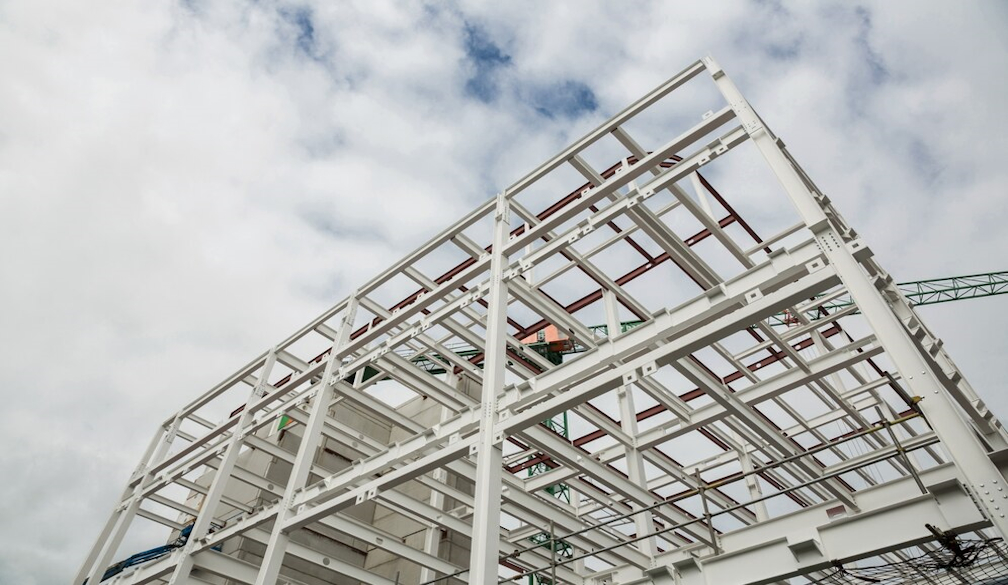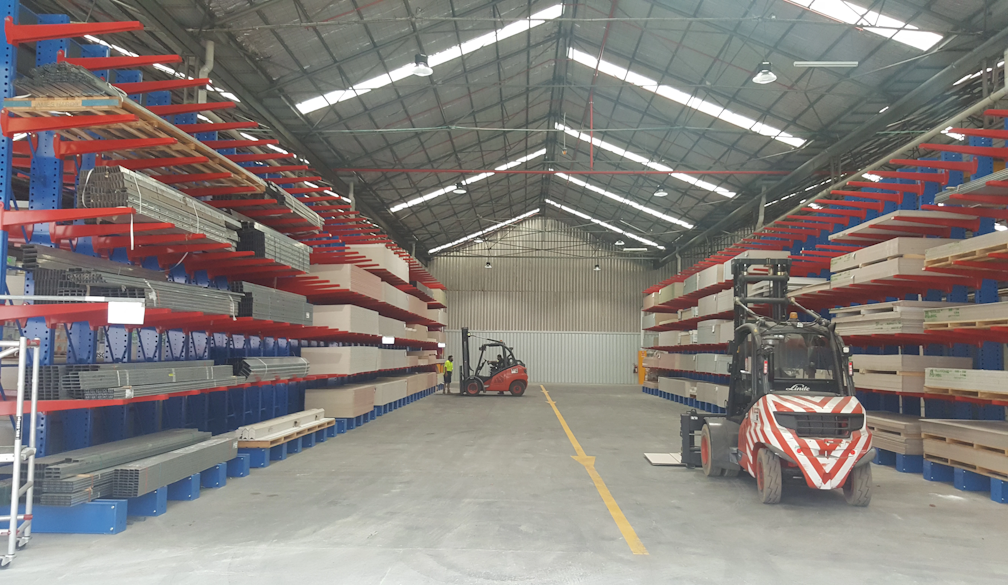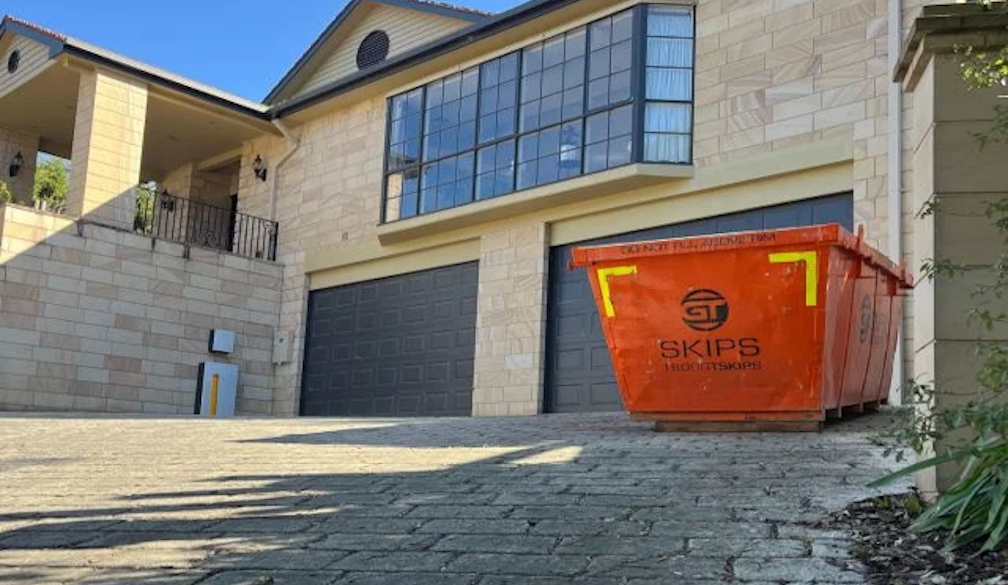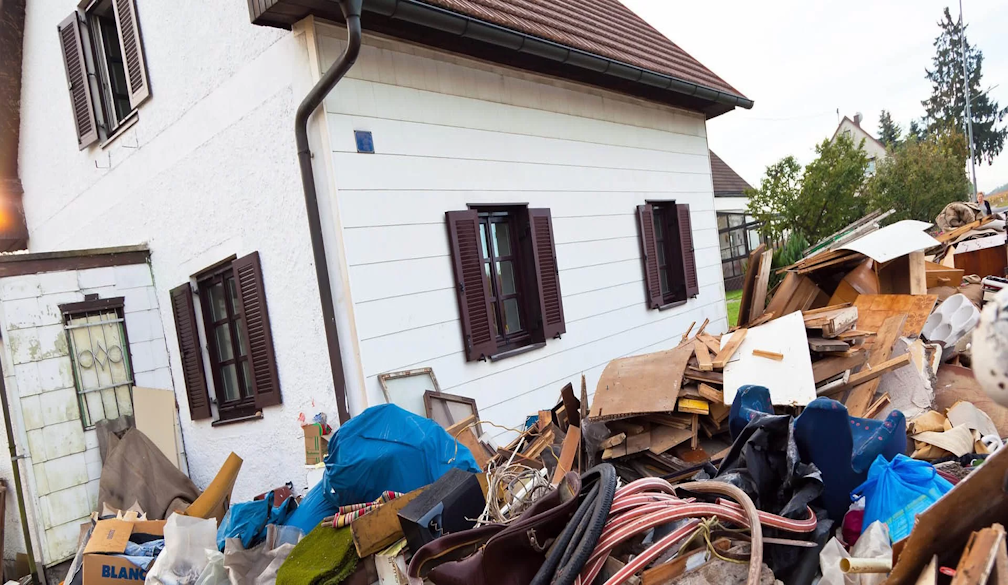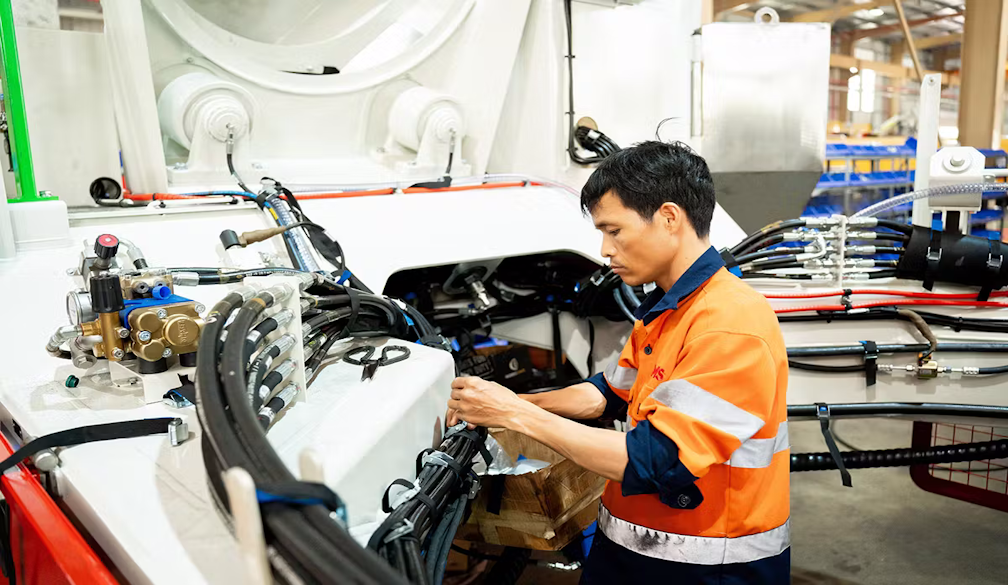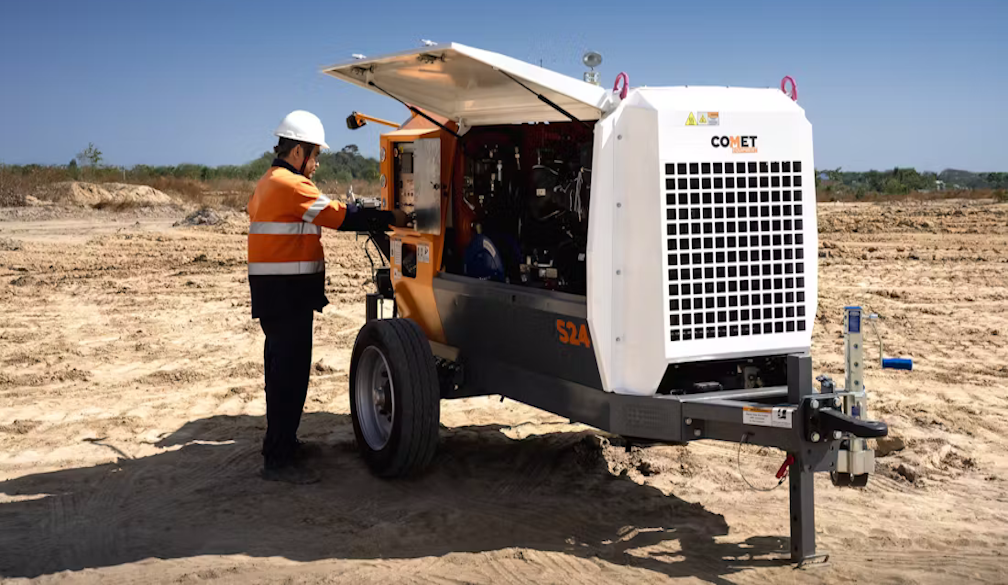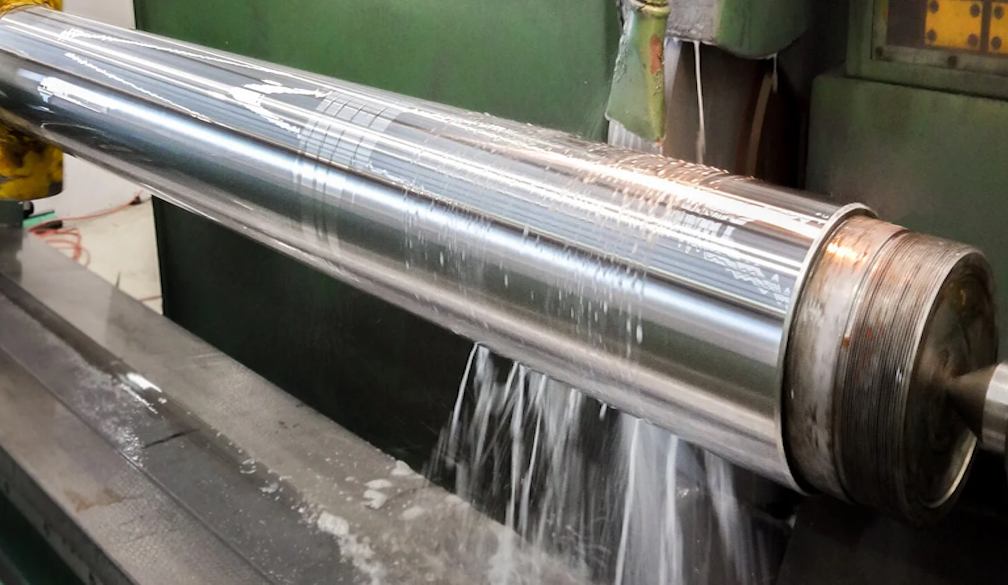Imperative industry: how does sheet metal fabrication work?
- Written by NewsServices.com
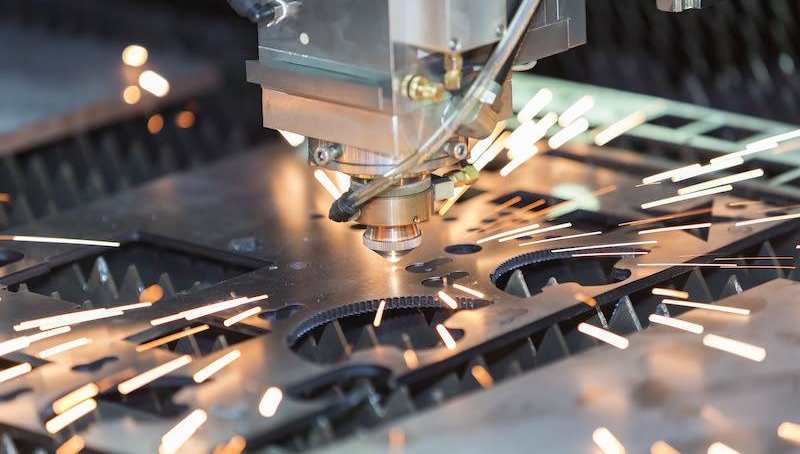
Sheet metal fabrication is vital to many Australian industries, from agriculture to construction and manufacturing. For industrial applications to produce at full capacity, they require specialised components and equipment, the likes of which can be produced with this awesome process!
There are numerous steel processing methods and techniques, each providing specialised benefits. Here, we are going to talk about this fantastic process and how the different styles can benefit different applications:
Introduction
The best sheet metal fabrication Melbourne has is the process of shaping steel to be used for numerous applications. This method includes assembling, bending, cutting and welding these parts into the required applicational product, with many elements determining what the company requires for their product, including their industrial needs, the component’s properties and its size.
The different stages to steel processing
There are numerous methods for this process, including:
-
Steel cutting
Cutting is the preliminary stage of this process, and it includes numerous methods, which include:
-
Frame cutting: This technique includes heating the steel at a very high temperature to then cut through using a specialised torch;
-
Plasma cutting: This technique involves a high-velocity jet to slice through the steel;
-
Laser cutting: This technique incorporates a laser beam to slice through the components.
-
Steel bending
The bending process incorporates various forces to shape the sheet and create the required form. This is the step that makes the components truly unique, where they are formed to meet their specially requested application, and where this service stands out from rudimentary steel processing.
-
Steel welding
Welding is the process of adjoining multiple components together using pressure and heat applications. There are numerous methods for welding the steel, including the following:
-
Arc welding: This technique enlists an electric arc to produce heat that melts the steel, allowing it to adjoin other components;
-
Gas welding: This process utilises a flame to melt the steel which then allows it to join together;
-
Resistance welding: Incorporates electric current and pressure to adjoin the components.
-
Assembly
Assembly is the ultimate step in processing steel, and it includes fitting the different components together to produce the end result. Assembly is done through various techniques, including adhesive, bolted and welded connections:
-
Bolted: This process incorporates nuts and bolts to join the parts;
-
Adhesive: Enlists specialised adhesives to join the parts;
-
Welded: Includes utilises pressure and heat to conjoin the components.
Why choose sheet metal fabrication?
This process has many benefits for Australian industries, including the following:
-
Steel is one of the most sturdy and reliable industrial materials available. It is able to withstand extremely high pressure and temperature environments, ensuring you can rely on your specialised components to continue working at a high capacity;
-
The specialised parts allow for accurate customisation of components to match the needs of your application. Regardless of your application, it is highly likely that your processing team can produce the equipment or component you need to continue production at a specialised capacity;
-
This material can be reused and upcycled, making it a more sustainable material than others.
Whether you work in biopharmaceutical, brewing, food processing, manufacturing, dairy or something completely different, you should feel free to inquire about how these customised parts can enhance your operation.
Instead of receiving generalised spare parts that will potentially inhibit your productivity, you can enlist highly specialised parts that optimise the process and return outstanding results. It’s for this reason that sheet metal fabrication is so popular across Australian industry!

